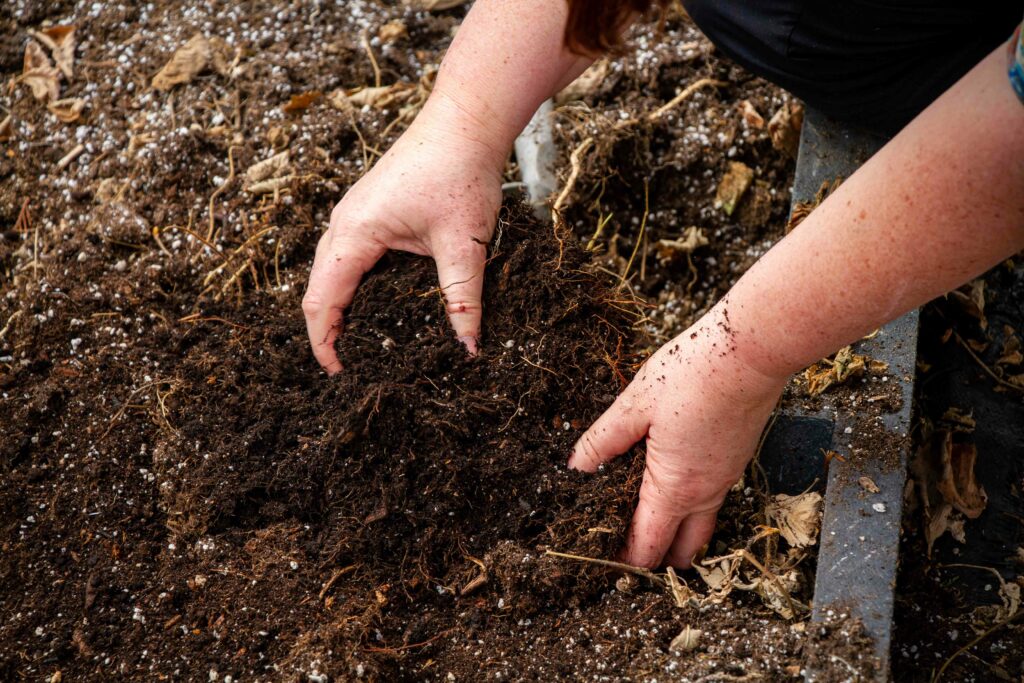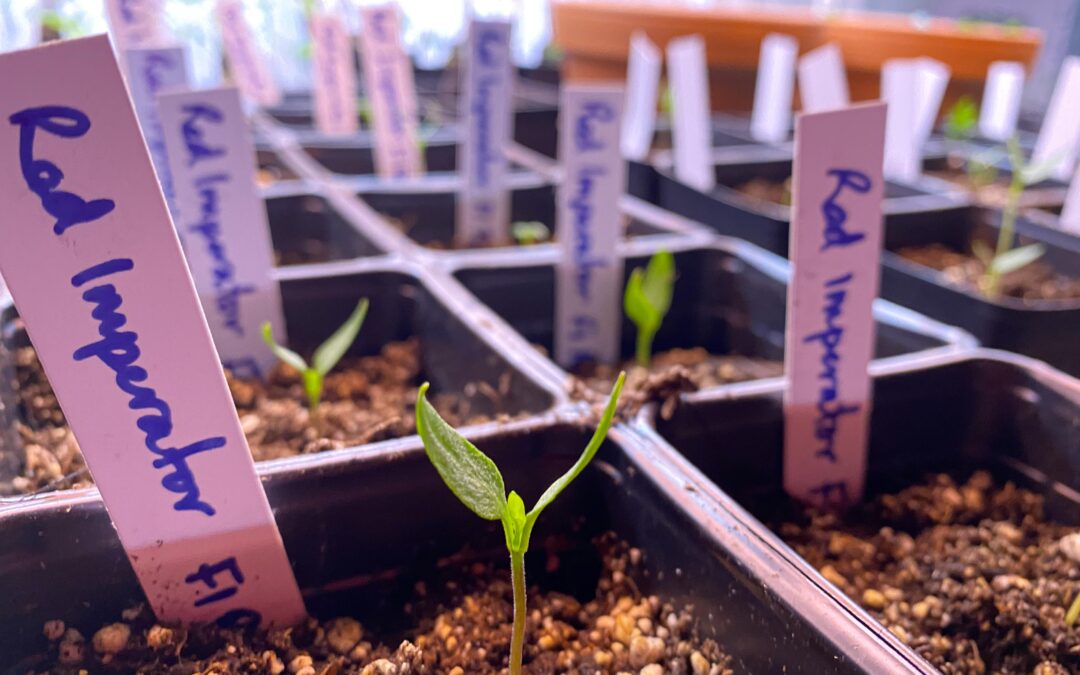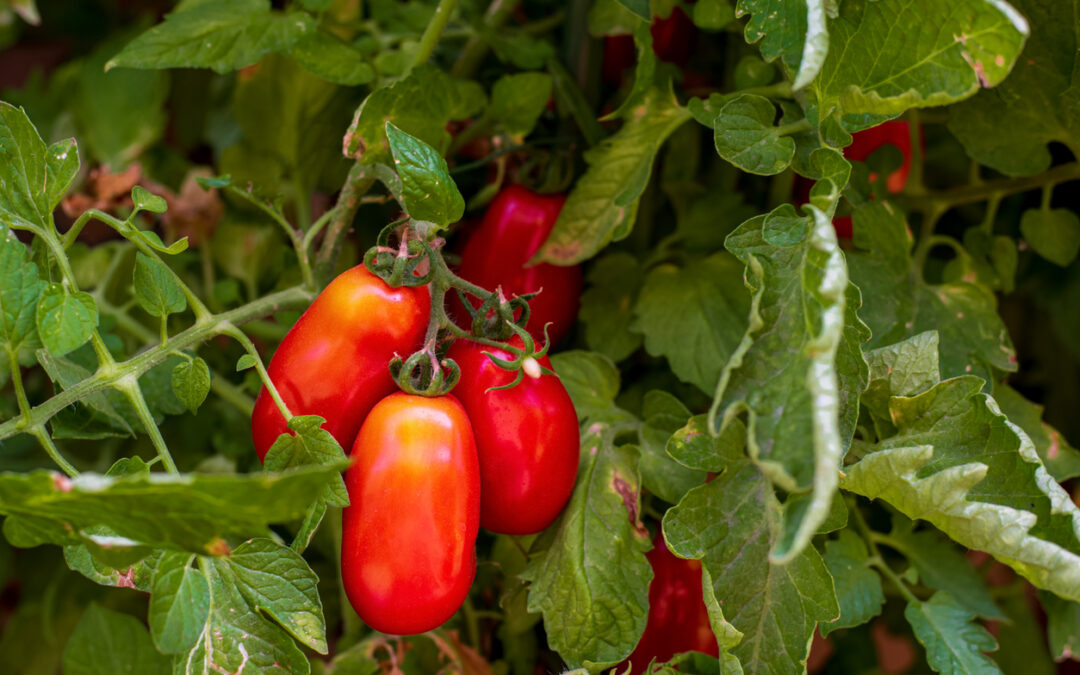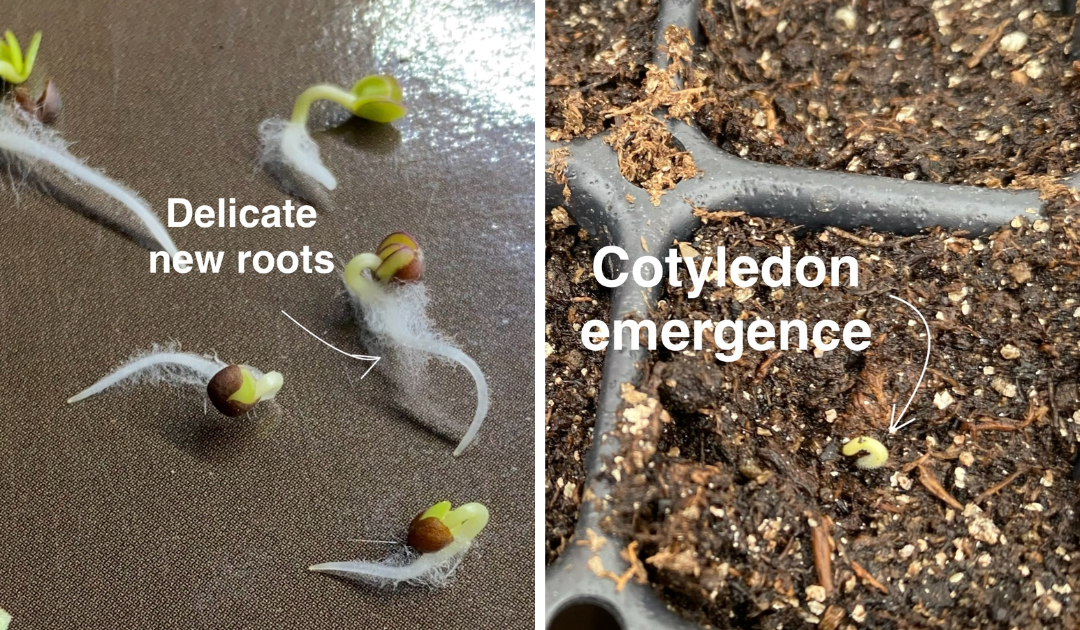
Growing up in west central Alberta, I believed peat moss was the solution to all my garden issues.
Are your plants limp? Peat moss! Are they stunted and yellow? Add peat! Nothing germinating? Must need more peat! Boy, was I ever wrong.
Today, after 40+ years of gardening and schooling, peat is one of the last things I reach for.
Peat moss is acidic, and has a very low pH level (between 3.0-4.0). Adding it to your soil reduces the pH level, which can get in the way of phosphorus absorption.
Phosphorus deficiency turns plants yellow. Botanists call it “chlorosis.” Phosphorus deficiency also reduces plant growth so that they become stunted and have weak leaves and stems in addition to looking yellow and sick.
Another issue is that peat moss is nitrogen deficient––the Carbon:Nitrogen ratio is 30––which means that net immobilization is also slowing and yellowing your plants.
Net immobilization is just soil microbes doing their thing and using nutrients for decomposition. This means vital nutrients like nitrogen are not available for your plant.
Over time, the nutrients will become available, but it could take months. That’s not good for prairie gardeners living with short growing seasons.
Don’t get me wrong, peat can play an important role in your garden *if* it’s used properly.
First: what does your soil feel like? Is it hard and dry? Peat is porous so it can help with soil aeration and water-holding capacity. But so can adding compost.
Second: do a soil test (you can get a simple soil testing kit from your local garden centre). Check to see if the pH level is high and phosphorus is low. Compost or synthetic fertilizers can address this issue as well.
Most plants grow best with a neutral soil pH level of 6.5-7.5 but there are exceptions. So if your soil is otherwise healthy but the pH is higher than 7.5, add a couple inches of peat to the top of your soil as an addition for next year.
The reality is, however, that it is nearly impossible for a home gardener to get the peat moss application rate right.
You might add too much and make the soil too acidic, and you might add too little which won’t help with moisture and aeration. Plus the soil has a phenomenal skill called “buffering capacity” which makes it able to resist changes in pH.
Furthermore, there is an environmental issue with harvesting peat moss, as it is a major carbon storage tool for our climate.
So, if adding peat moss is not always the answer, what is?
Usually, the solution to stunted and yellowing plants is to add mulch (for water holding) and compost (nutrients). Leaf mulch gathered in fall will quickly decompose in the garden and enrich soil health and nutrient availability in spring.
Exceptions are the rule
As with all living things, there are exceptions. Some plants like more acidic soil (blueberries and rhododendrons), and some plants tolerate more alkaline soil (asparagus, beets, cabbage, sweet peas and tulips). If you’re growing a special plant, look up its specific optimal soil pH before taking any steps to amend the soil.



